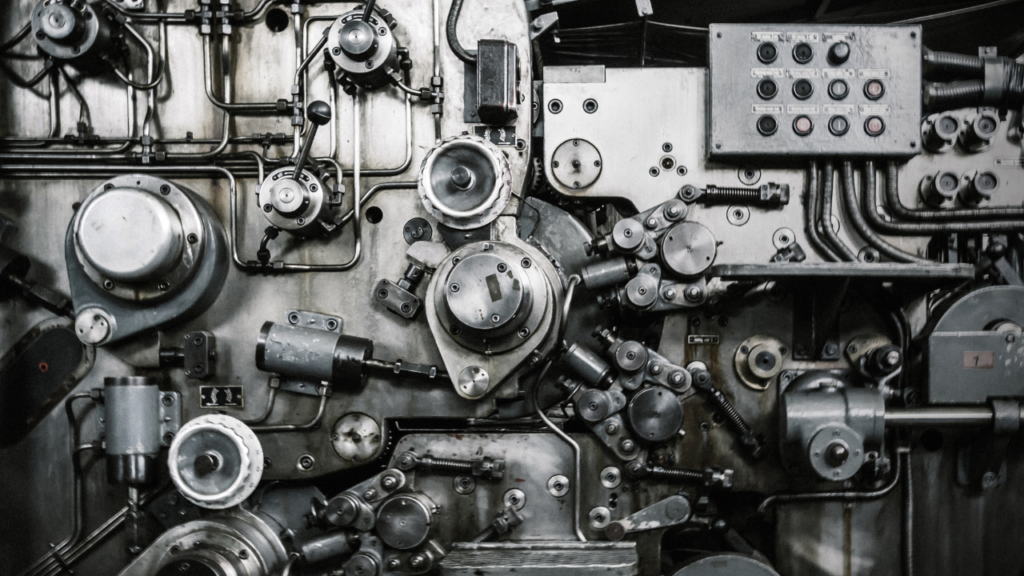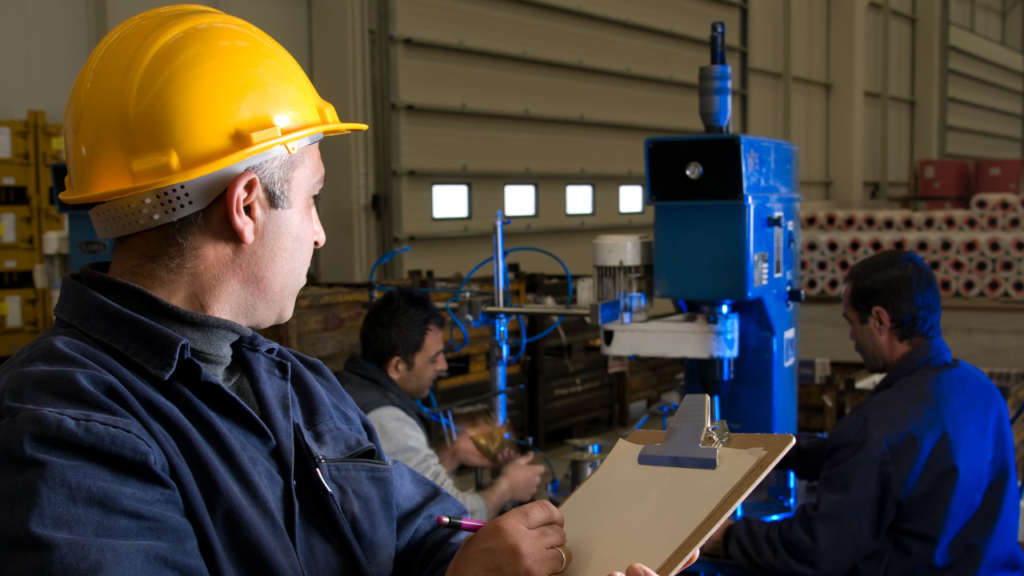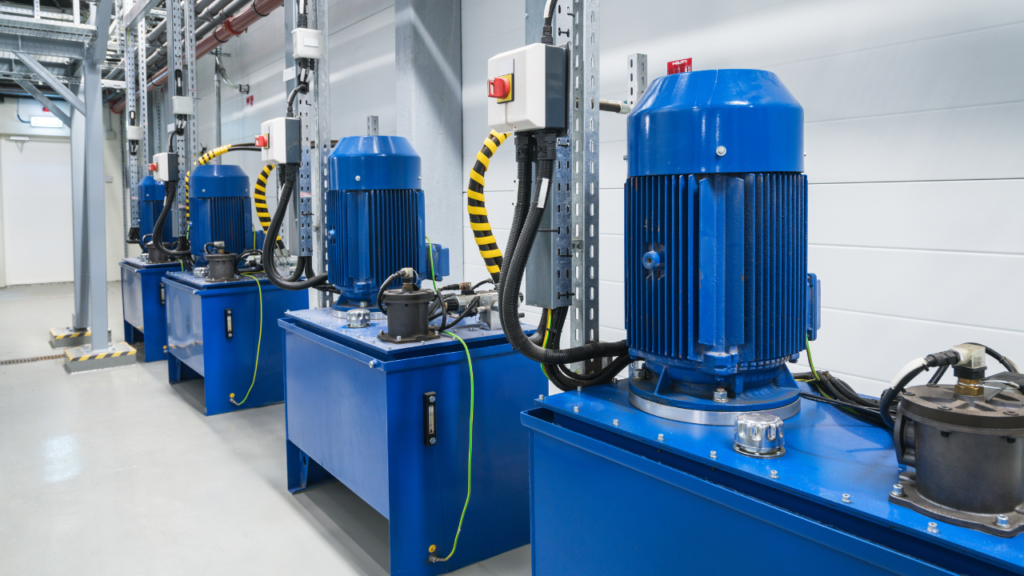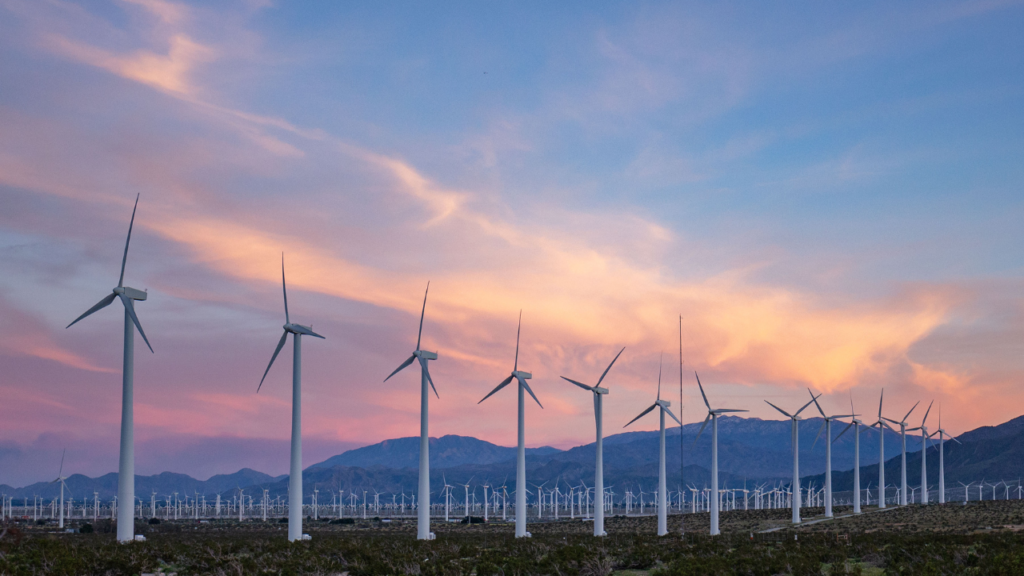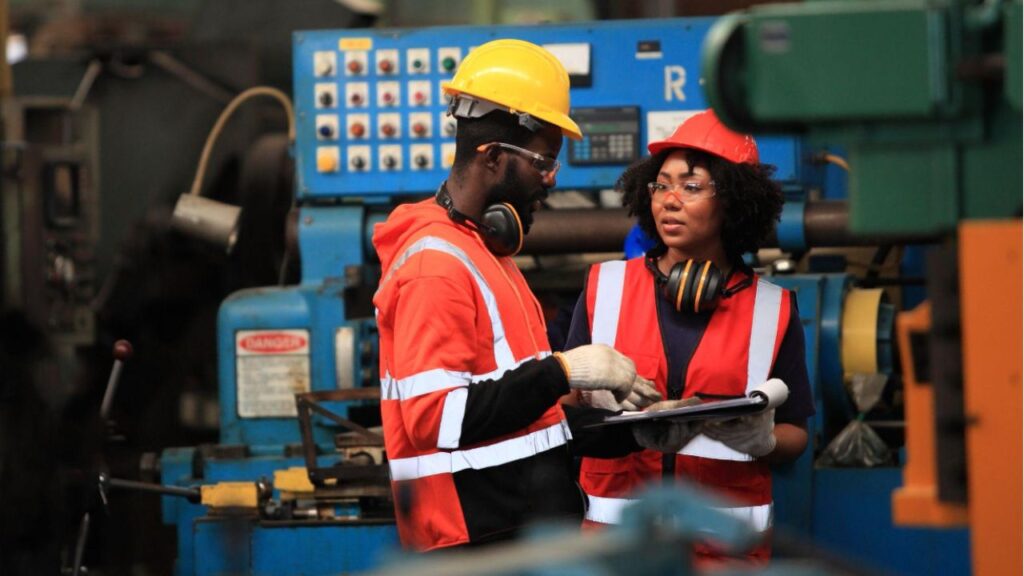
Why Condition Based Maintenance Should Be Considered a Critical Component of Any Business’s Asset Maintenance Strategy
In an era characterized by rapid technological advancements and burgeoning data, industries are constantly seeking methods to enhance efficiency, minimize downtime, and optimize asset utilization. One such method that has emerged at the forefront is Condition Based Maintenance (CBM); a sophisticated, data-driven approach to asset maintenance.

